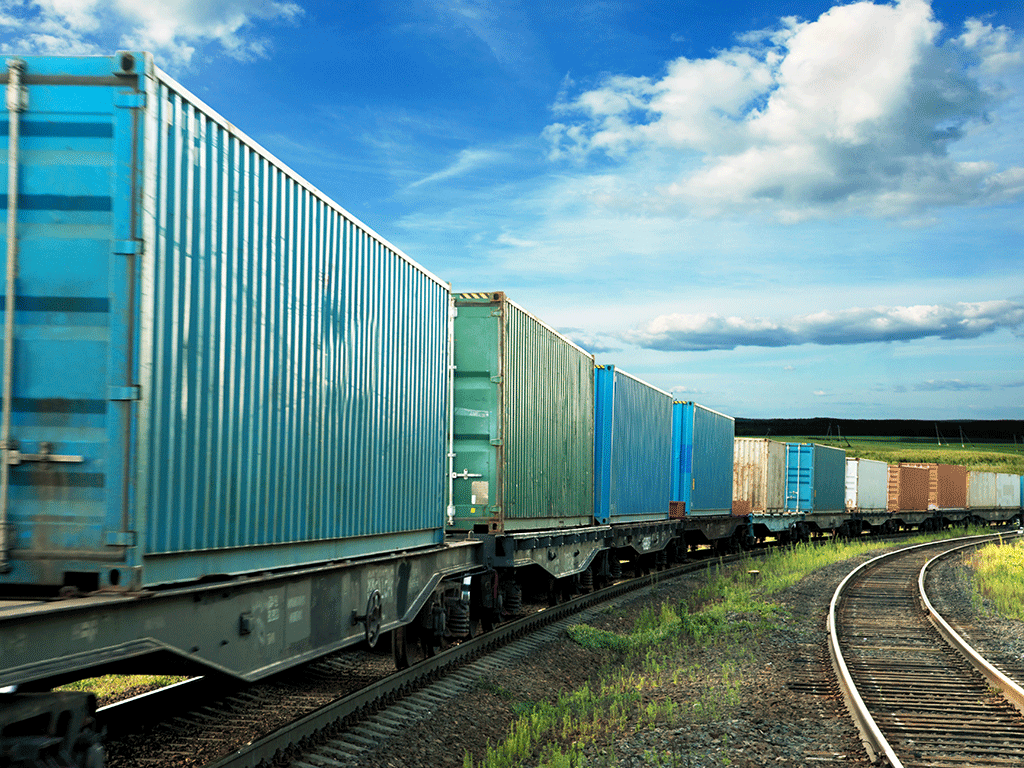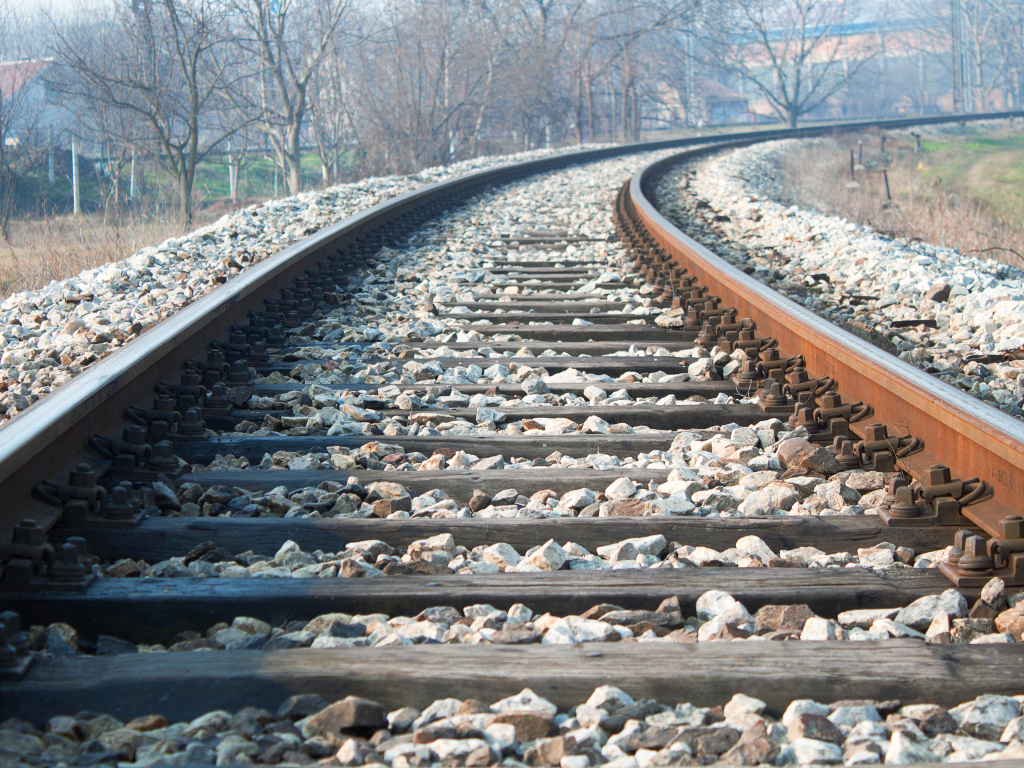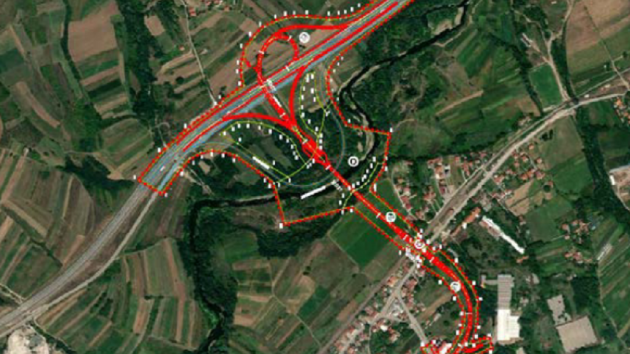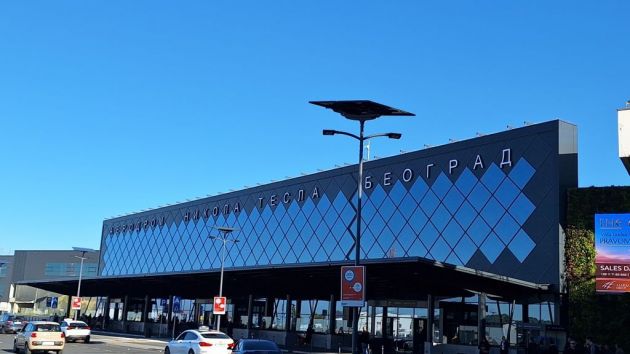Serbia loses up to EUR 3 billion due to poor condition of railways and slowed down cargo traffic – Rail cargo transport looking at long years of recovery
Source: eKapija
 Wednesday, 27.11.2019.
Wednesday, 27.11.2019.
 16:51
16:51
 Wednesday, 27.11.2019.
Wednesday, 27.11.2019.
 16:51
16:51
(Photo: A. and I. Kruk/shutterstock.com)

– The rail cargo line between China and Serbia opens the possibilities for all companies in Serbia, but also the region, to export their goods to the Chinese market and to import the goods they need from China in a more cost-effective way compared to other forms of transport. Line frequency will depend on the interest of companies from China which operate in the Serbian market, as well as companies from Serbia which cooperate with China – the ministry says.
Establishing this line is one of the moves toward a better connection of Serbia with partners in markets outside of Europe, according to Dragoljub Rajic, the director of the Railway Cluster for Southeast Europe. However, as he says, it remains to be seen how cost-effective and useful it will be for the local economy and logistics companies.
– It is likely that the full effect of this line will be felt only when Serbia revitalizes its railway network, as that will also accelerate the transport of goods to final destinations in Serbia. It can also be expected for this line to be much more useful to Chinese companies which deliver certain kinds of raw materials and goods to Serbia, as Chinese economy is much more organized that the Serbian one and will use the advantages of this line much more quickly – Rajic said for eKapija.
When it comes to the current situation in the rail transport, our interviewee says that there are numerous problems in this segment.
– These problems are reflected primarily in the slow flow of goods due to the low average speed of freight trains on local railways, the lack of modern loading and reloading capacities, the demanding administrative procedures (still mostly using paper documents), which are additionally slowed down due to the installation of locators for monitoring shipments by the Customs Administration, the impossibility of moving goods from rail corridors to road and river ones, the long delays of freight trains on borders due to the changing of train engines and other non-rail control procedures – Rajic emphasizes.
As he says, rail cargo traffic is looking at long years of recovery during which it will be necessary to recover the trust of the economy in the efficiency of rail transport, which will require new technologies and a user-friendly approach.
– This means that the level of human resources and their communication with clients in cargo operators needs to be brought up to at least the minimum required in Europe today – our interviewee points out.
The competent ministry says that rail transport is one of the main types of transport promoted by the Chinese global initiative “Belt and Road”, and the high-speed railway between Belgrade and Budapest is an integral part of this project. Furthermore, they point out that, in the upcoming period, the modernization of railways will be one of the priorities.
(Photo: kikovic/shutterstock.com)

Dragoljub Rajic says that investments in infrastructure are crucial and that it is good that investment and projects have been initiated.
– However, it is also important for these projects to be efficient, as Serbia has lost at least 2.5 to 3 billion euros in the past ten years alone due to the poor condition of the railways and the slowed down cargo traffic, according to independent experts. It is important for the rail corridor to Croatia, on the Belgrade-Zagreb route, to be modernized and equipped for the transport of larger quantities of goods. It is also important for the construction of the new Belgrade-Budapest railway and the modernization of the Belgrade-Zagreb corridor to be accompanies by a reform of customs and non-customs barriers which slow down the flow of goods across the state border. It would be good for the Ministry of Trade of Serbia to launch an initiative with Hungary and Croatia to simplify the process of border control or to integrate it as much as possible, as the biggest delays in the transport of goods occur on the border crossings with these two countries, which are an entrance to the EU, causing big losses for transport and logistics companies – eKapija's interviewee points out.
As he says, it is necessary to add that companies from Serbia need to play a greater role as subcontractors in the construction and revitalization of pan-European and regional rail corridors.
– If the state uses taxpayers' money to incur debts in other states and international funds in order to build or modernize these railways, then the local companies and their employees, whose earned money is used to repay these debts, must get a much larger part of the profit, because, otherwise, we will destroy the local economy and leave thousands of Serbian citizens without jobs or decent income. This falls under the increase of “investments useful to the local economy and GDP growth” that the Fiscal Council talked about commenting on the draft state budget for 2020 – Dragoljub Rajic says for eKapija.
Companies:
 Klaster Železnica Jugoistočne Evrope
Klaster Železnica Jugoistočne Evrope
 Fiskalni savet Republike Srbije
Fiskalni savet Republike Srbije
 Ministarstvo građevinarstva, saobraćaja i infrastrukture Republike Srbije
Ministarstvo građevinarstva, saobraćaja i infrastrukture Republike Srbije
Tags:
Russian Railways
cargo train Serbia China
Dragoljub Rajic
železnički saobraćaj
railway traffic
investments in railway transport
development of railway transport
freight rail transport
initiative Belt and Road
modernization of railways
high speed railway Belgrade Budapest
Special edition newsletter
Special edition newsletter eKapija
Special edition newsletter Transport and Logistics Faster Farther and More Efficient by Land Water and Air
transport and logistic
logistic
Comments
Your comment
Most Important News
Full information is available only to commercial users-subscribers and it is necessary to log in.
Follow the news, tenders, grants, legal regulations and reports on our portal.
Registracija na eKapiji vam omogućava pristup potpunim informacijama i dnevnom biltenu
Naš dnevni ekonomski bilten će stizati na vašu mejl adresu krajem svakog radnog dana. Bilteni su personalizovani prema interesovanjima svakog korisnika zasebno,
uz konsultacije sa našim ekspertima.


 Izdanje Srbija
Izdanje Srbija Serbische Ausgabe
Serbische Ausgabe Izdanje BiH
Izdanje BiH Izdanje Crna Gora
Izdanje Crna Gora


 News
News














